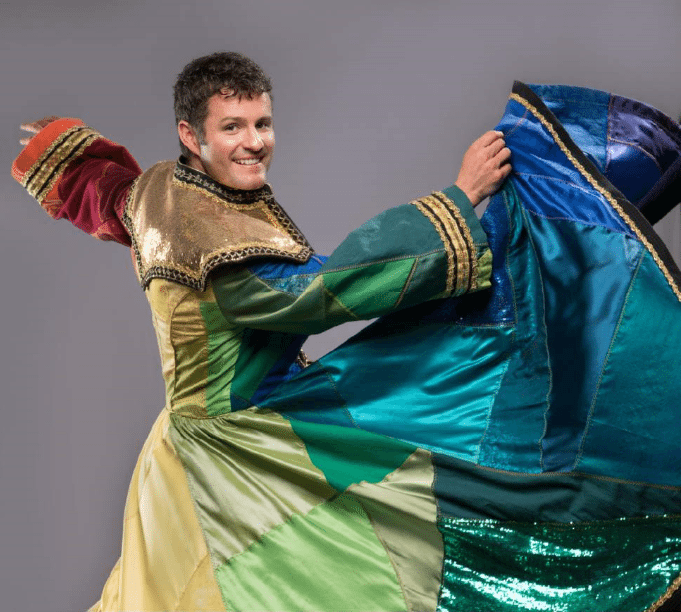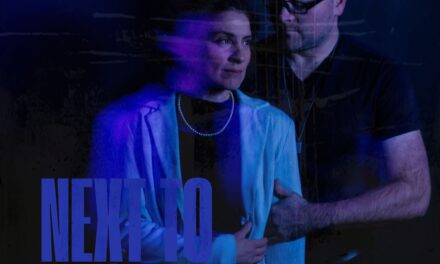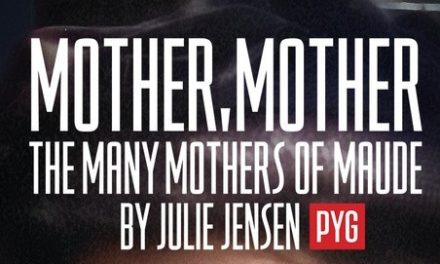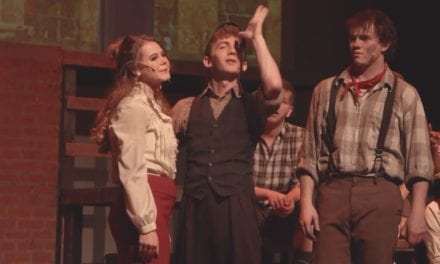WEST VALLEY CITY — Most active members of the Utah theatre community have had more than one opportunity to memorize the particularly famous list of 29 colors attributed to one amazing dreamcoat. Heralded as one of the most overdone musicals in the local scene, Joseph and the Amazing Technicolor Dreamcoat lends itself to a certain predictability, relying on a standard set of gags to carry the audience from through in this Biblical tale. Andrew Lloyd Webber‘s score and Tim Rice‘s lyrics provide a familiar palette, and many directors simply paint by number. I entered Hale Centre Theatre tonight expecting to see a similar Joseph to the one I saw there in 2011. However, for possibly the first time, I saw a production that truly brought Technicolor to the coat.

Show closes August 12, 2017.
To explain the many great moments that stood apart, I first need to set the baseline of this production: excellent vocals throughout, with precise choreography, detailed costumes, and engaging storytelling. While I would typically spend a paragraph extolling the virtues of each, these were not the high points of the show. Rather, I quickly came to expect to impressed and entertained in each moment, and performances which would typically be noteworthy became a seamless backdrop for the surprises. Disclaimer: I’m certainly not saying my favorite moments have never been done before; I’m just saying I haven’t seen them in an of the many productions of Joseph that I have attended.

Zack Wilson as Joseph.
I’ll start with the storytelling, since the ability to weave the narrative is the very heart of a production like Joseph. Director Jennifer Parker Hohl opted to use children from the audience in the first scene, with a stagehand giving careful instructions to the predetermined handful children whose wrists prominently displayed glow-stick jewelry. My seven-year-old son found this particularly interesting and commented on how nervous he would have been in front of such a large crowd. These children, however, seemed mesmerized by the Narrator (played by Amelia Rose Moore) and Joseph (played by Zack Wilson) who told their initial stories straight to the attentive audience. Subsequently, the storytelling turned in all directions with various brothers and Pharaoh (played by Bryan Matthew Hague) breaking the fourth wall to interact directly with the patrons. At one moment, Jacob even divulged his part of the plot straight to the Narrator, indicating that everyone within the theater’s walls was expected to be ready to listen.
Lighting design by Brian Healy was so involved that it became the show’s second narrator. Advances in lighting technology combined with Hale’s ability to spare no expense meant both the overhead stage lighting and the series of LED lights in the prominent raised pyramid at center stage displayed the all the colors in Joseph’s coat. A set of reserve lights descended from the rafters to great the bars of Joseph’s prison cell. Beautiful Edison lights lowered to set the scene for a generator bit skillfully woven into “Canaan Days.” And the many moving lights in the “Megamix” made me feel as though I’d left the world of theatre entirely and found myself for a few moments at a rock concert.
 The script lends itself to moments that blatantly ignore both time period and physical setting in pursuit of a laugh. While cowboy hats and berets have come to be expected, I enjoyed some of the new twists Hohl and properties designer Michelle Jensen coordinated. The hairy Ishmaelites were reinvented as a biker gang, a change that brought new energy to the scene and made the top of my seven-year-old’s review as well. (“Mom, they had motorcycles instead of camels! That was funny because there weren’t motorcycles in Ancient Egypt.”) His logical explanation of the root of the humor applied just as directly to the VW buses that brought loads of dancers to the stage for “Go, Go, Go Joseph” and the live electric guitar played by Pharaoh. And one of my personal favorites was when the Narrator ran the Ishmaelites credit card to complete Joseph’s sale.
The script lends itself to moments that blatantly ignore both time period and physical setting in pursuit of a laugh. While cowboy hats and berets have come to be expected, I enjoyed some of the new twists Hohl and properties designer Michelle Jensen coordinated. The hairy Ishmaelites were reinvented as a biker gang, a change that brought new energy to the scene and made the top of my seven-year-old’s review as well. (“Mom, they had motorcycles instead of camels! That was funny because there weren’t motorcycles in Ancient Egypt.”) His logical explanation of the root of the humor applied just as directly to the VW buses that brought loads of dancers to the stage for “Go, Go, Go Joseph” and the live electric guitar played by Pharaoh. And one of my personal favorites was when the Narrator ran the Ishmaelites credit card to complete Joseph’s sale.
Because the raised triangular platform took up so much of the available stage, Cory Stephens’s choreography relied largely on interesting visual shapes instead of intricate footwork. This was a very effective choice, especially in the colors sequence as it took on a feel similar to the traditional staging of “Supercalifragilistic…” in Mary Poppins. I enjoyed when the movement was revisited later in the show. As with the occasionally modern props, it was fun to identify very contemporary moves including one final pose of the brothers in which they all ended with the currently ubiquitous “dab.” When there were fewer bodies on stage, the acrobatics increased. Once Jacob left the stage during “One More Angel in Heaven” giving way to the hoedown, several brothers took to the air with toe touches and toe pitches. But nothing quite stood out like Joseph’s standing, handcuffed back flip, a high point of “Go, Go, Go Joseph.”
Despite my high praise, I didn’t love everything about the production. At a few different points in the story, characters delivered ad lib dialogue that felt out of place in a story generally told completely through song and the occasionally spoken aside. When Joseph and Jacob reunite at the end of the story, there was an extended moment with no musical underscoring. While it seemed the moment was designed to help me feel the emotion of the reunion, I just felt uncomfortable and anxious for the music to resume. Another moment during which I was momentarily uncomfortable featured Joseph lying in his jail cell during the beautifully sung “Close Every Door.” I am not afraid to admit my lack of exposure to men in loincloths, and his position left me in fear of a wardrobe malfunction. Finally, I often had the pleasure of listening to a talented, but noticeably absent, chorus. Although I suppose the execution may be similar to the way some shows call for pit singers, I wanted to be able to see the people responsible for the sound.
For me, a well-executed Joseph should be two things: a captivating story and an energetic party. This production exceeded my expectations in both areas. If you’ve seen productions of Joseph and loved them, if you’ve sworn never to see this show again—or if somehow you’ve remained unexposed to this musical adventure—this production of Joseph and the Amazing Technicolor Dreamcoat may just be the best one you’ll see.





